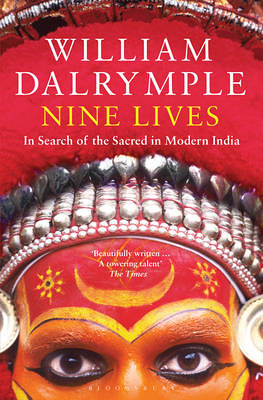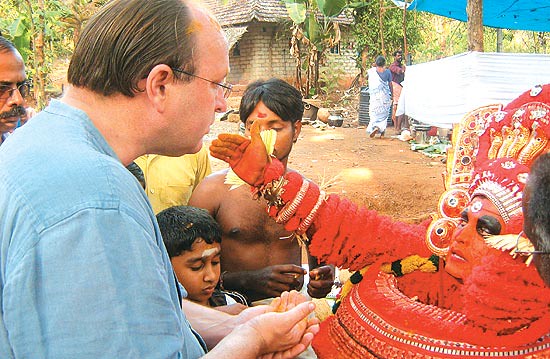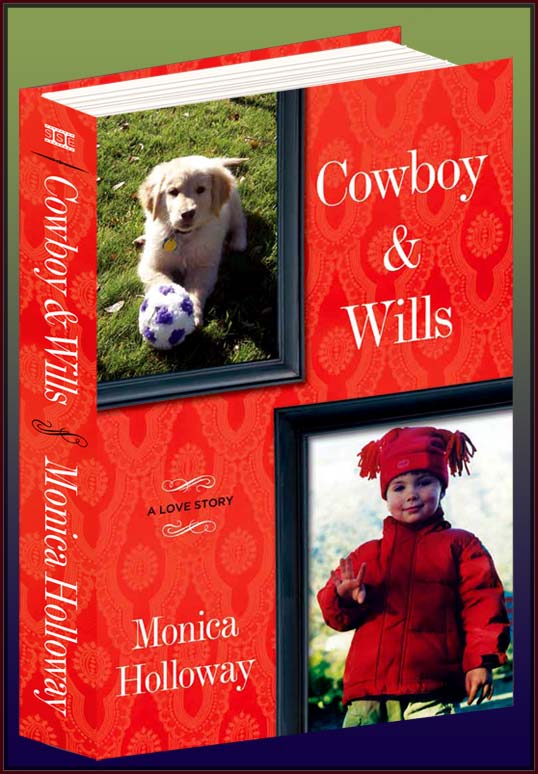
William Dalrymple, is an multiple award winning historian and travel writer. He has lived in New Delhi, India on and off since 1989.
Nine Lives is his seventh and latest book. It went to the number one slot on the Indian non-fiction section bestseller list and was long listed for the Samuel Johnson Prize 2010. The book also received the 2010 Asia House Award for Asian Literature.
It is the first book by Dalrymple that I have read and is also by far, the best travel book I have ever read. Dalrymple is a man of many talents, mixing journalism, anthropology, history, religiosity, all into one in his unique brand of travel literature.
The book documents the lives of nine Indians with distinct religious paths, narrated through interviews and encounters with Dalrymple himself. These included a Buddhist monk, a Jain nun, a lady, a prison warden from Kerala and an illiterate goat herd from Rajasthan among others. Wikipedia did a great summary of the nine stories in the book:
The Nun’s Tale: It’s a story of a Jain Nun in the ancient pilgrimage town of Sravanabelagola, who after the death of her friend and co-Nun decides to take the ritual fast to death or ‘Sallekhana’.
The Dancer of Kannur: Story of Hari Das, a Dalit from Kerala, who works as a manual labourer during the weeks and a prison warder during the weekends for 9 months of the year.Only during the holy Theyyam season from December to February, he turns into a dancer possessed by Gods reverred even by the high caste Brahmins.
The Daughter of Yellamma: Story of the Devadasi Rani bai from Belgaum, Karnataka who was dedicated by her parents at the age of 6. Of how one of the oldest professions of India has undergone changes and adaptations through centuries. And the story of Yellamma, the goddess who was rejected by all but gives strength to the Devadasi’s.
The Singer of Epics: Story of Mohan Bhopa and his wife Batasi, the two of the last hereditary singers of a great Rajasthani medieval poem, The Epic of Pabuji.
The Red Fairy: Story of Lal Peri, a Hindu woman from the India state of Bihar who has made the Sufi Dargah of Lal Shahbaz Qalandar in Rural Sindh of Pakistan her home. Of the ongoing conflict of orthodox Islam with the more secular Sufism.
The Monks Tale: Story of Tashi Passang, originally from Tibet but now living in the Indian town of Dharamsala after the Chinese captured Tibet. Of how it was difficult for a Monk to take up arms with the Tibetian resistance against the Chinese attack.
The Maker of Idols: Story of Srikanda Stpaty, in the temple town of Swamimalai in Tamil Nadu who is the 23rd in the long hereditary line stretching back to the great bronze casters of the Chola empire.
The Lady Twilight: Story of Manisha Ma Bhairavi, who lives in the holy town of Tarapith in West Bengal and worships goddess Tara. Of the Tantric traditions in Tarapith and the practices of storing and drinking from Human skull.
The Song of the Blind Minstrel: Story of the wandering minstrels or Bauls, of Kanai Das and Debdas baul, of the singing Baul tradition and the annual baul festival at Kenduli in West Bengal.
The summaries of the nine characters are really fascinating isn’t it? These are individuals who live in the same world, as unbelievable as it may seems.

Reading Dalrymple’s book makes me want to visit India again to soak in the country’s rich, diverse history and culture. I highly recommend Nine Lives for those interested in Indian religiosity, not the bullshit “Eat Pray Love” variety of yoga-yin-yang nonsense.












